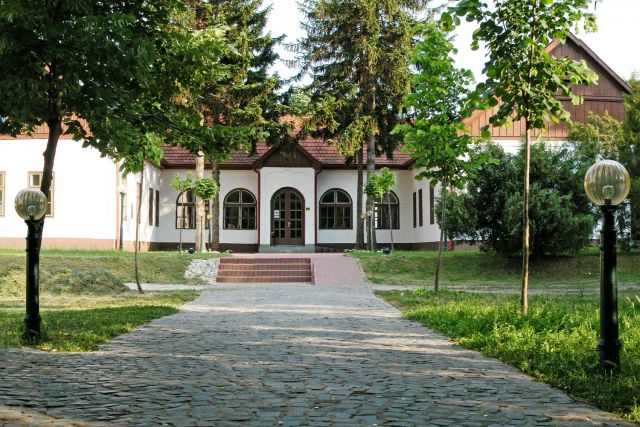
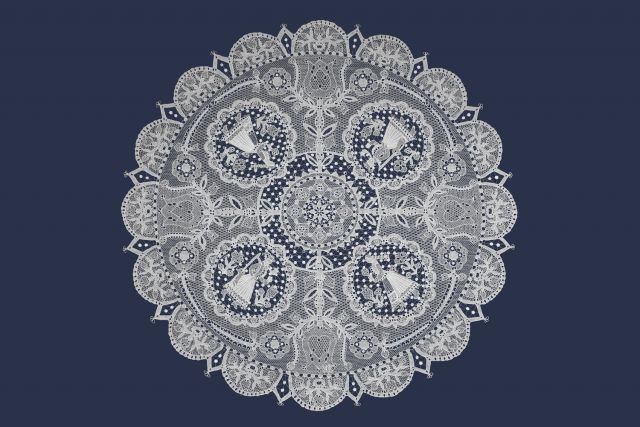
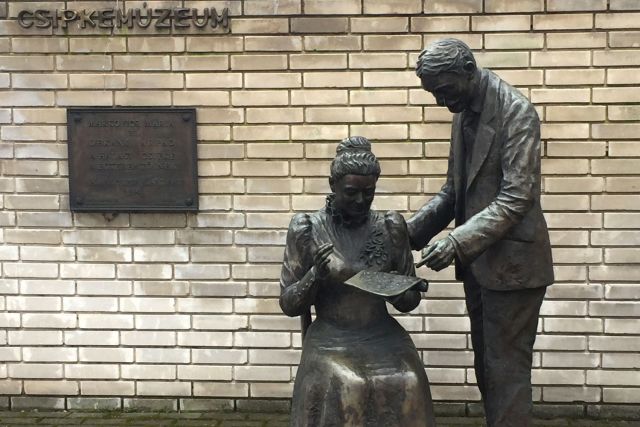
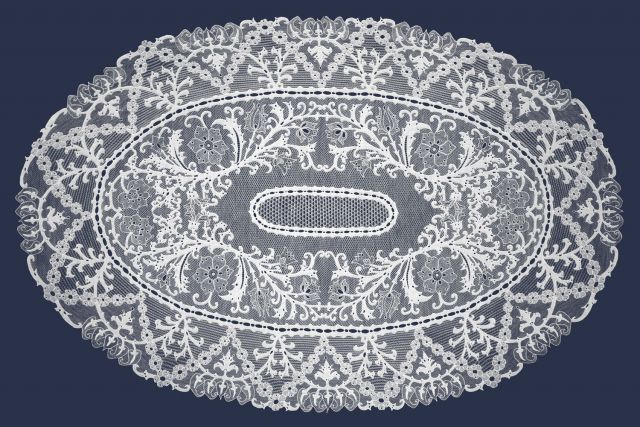
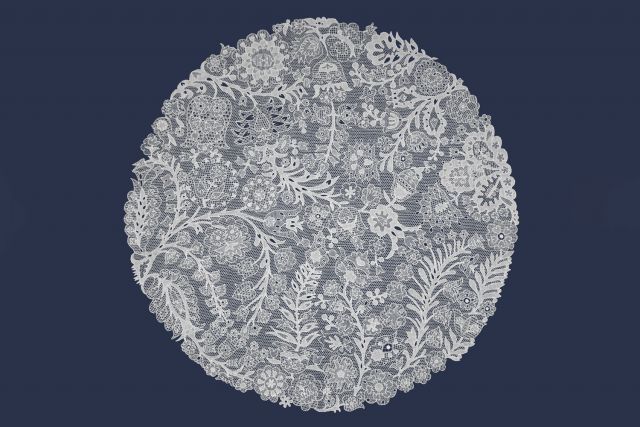
Lace Museum Kiskunhalas
- Kiskunhalas, Hungary
- Museum
Monday to Sunday 09:00 - 12:00/13:00 - 17:00 (May - September); Monday to Saturday 09:00 - 12:00/13:00 - 16:00 (October - April)
+36 77421797
Founded in 1935 by the Major of Kiskuhalas, Imre Fekete, the Lace Museum Kiskunhalas (Halasi Csipke Museum) is designed to mimic the local porch-style homes. Originally used as a workspace for Halasi lace artisans nearby to the museum, the building was later renovated in 1964. The history of Halasi lace dates back to 1902, when local art teacher Árpád Dékáni designed the lace. However, it was only with the handiwork of dressmaker Mária Markovics that Halasi Csipke was born.
Today, the permanent exhibition showcases a wide range of Halasi trademark designs, including the famous three fishes motif found on every finished product. Many works, such as the brand’s tablecloths that take anywhere from two to three thousand hours to produce, are also on display, all entirely handmade. Halasi Lace is officially endorsed as a Hungarikum in acknowledgement of its cultural value to the Hungarian tradition.









